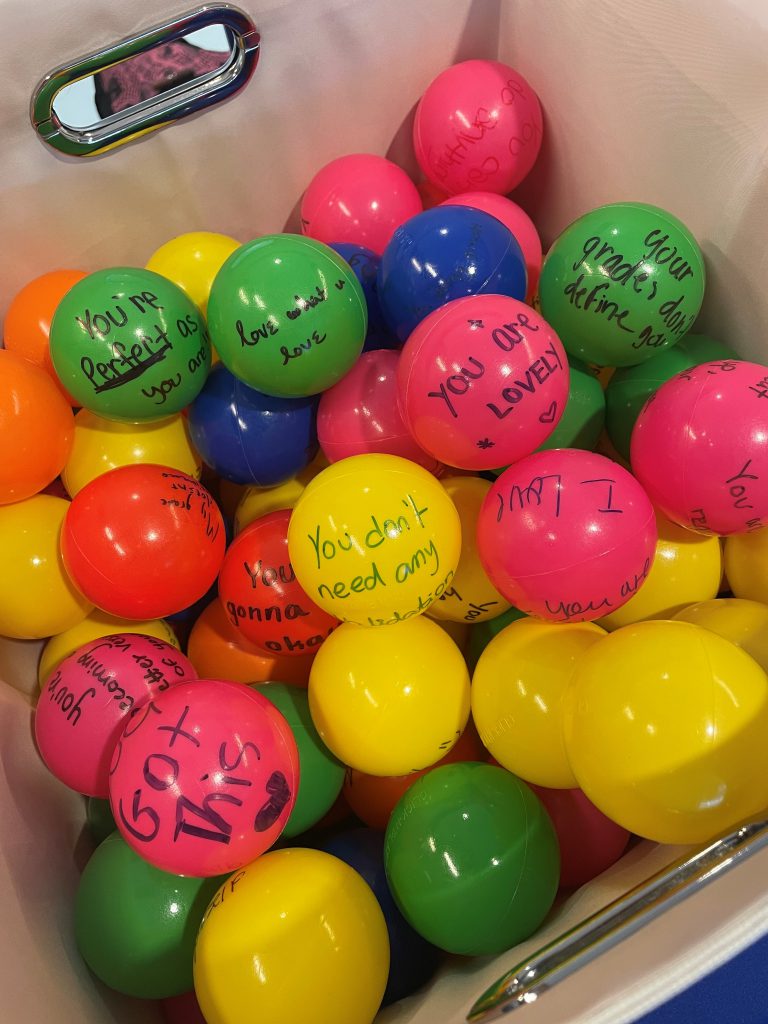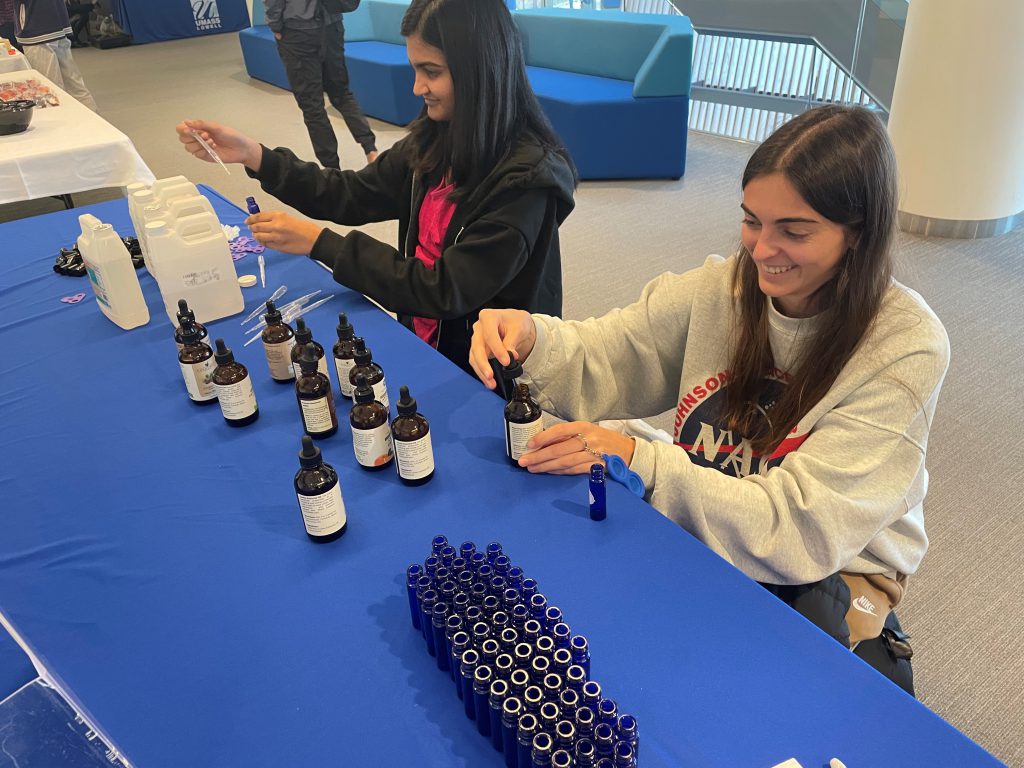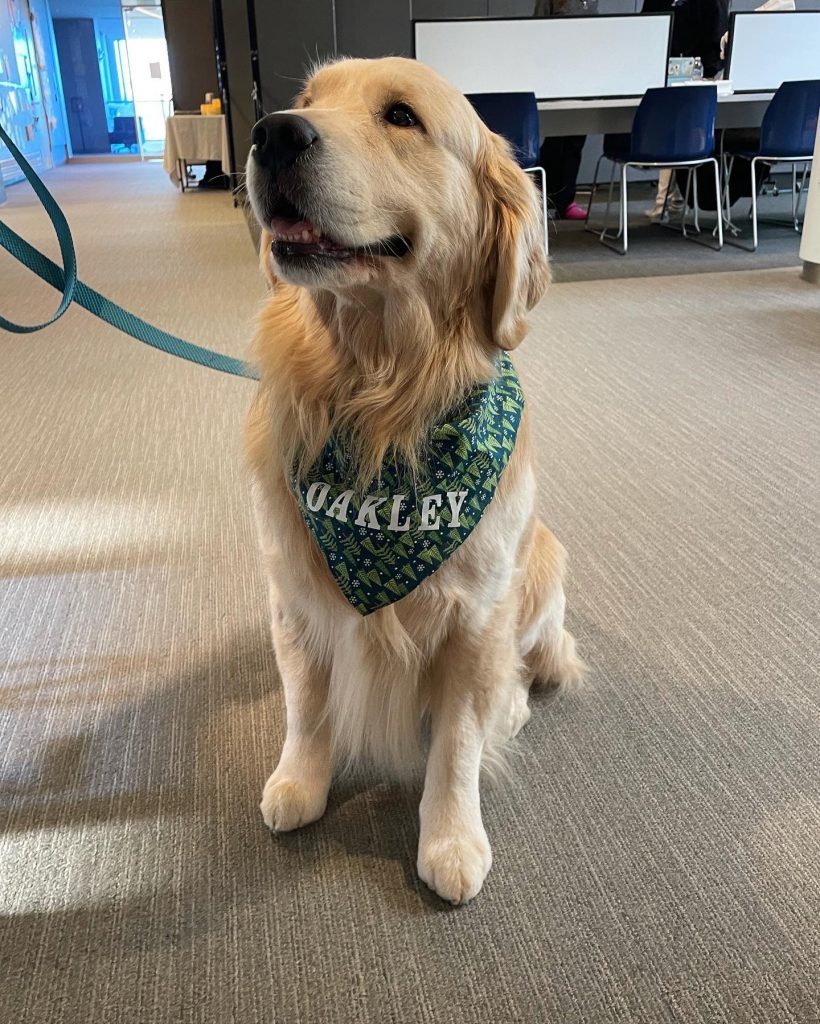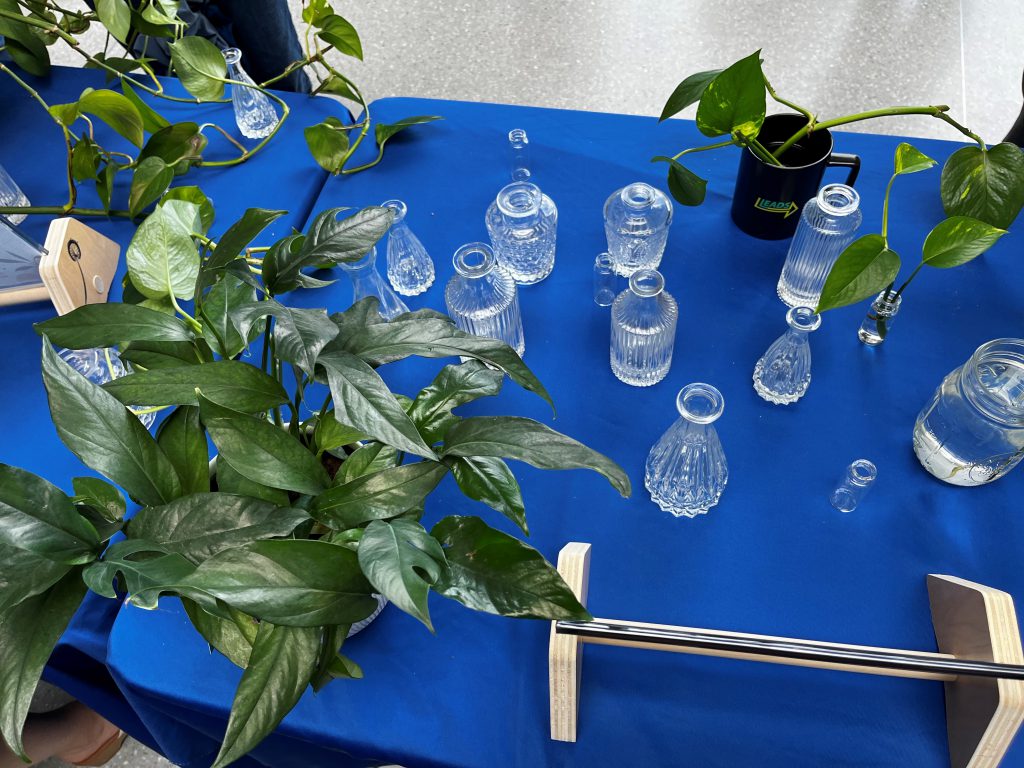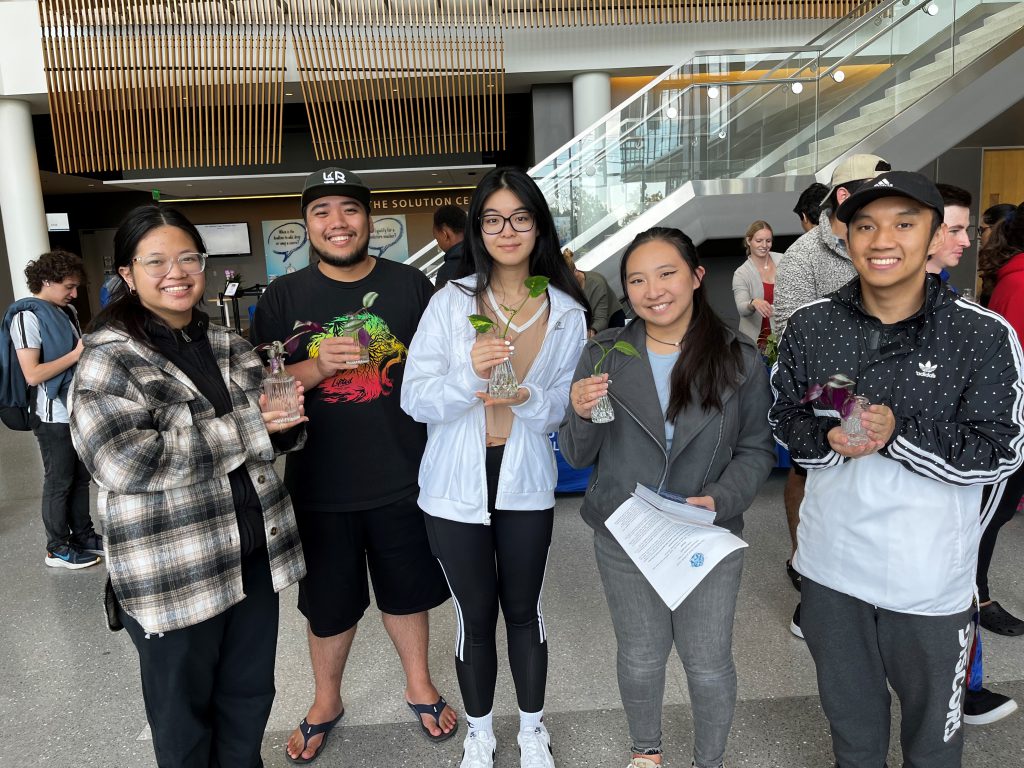Ella Zhu
Office of Student Life and Well-Being
Summary of Health Educational Intervention <You Are Healthy, And Beautiful>
5.30.2023
Project Overview
<You Can Be Healthy, And Beautiful> is designed to provide all undergraduate and graduate students in the University of Massachusetts Lowell with the behavior change, skills, knowledge, and resources they need to reduce obesity and maintain a healthy lifestyle. Massachusetts is a state that focuses on education and offers many high-quality jobs. In this state with a strong humanistic culture, people are busy with studying and work every day, which shortens the time for exercise and saves time for meals by eating unhealthy fast food. Some people focus on their studies and careers, but they are careless of their health. Obesity rates are rising in the city of Lowell, Massachusetts (County Health Ranking, 2022). This educational-based program will address risk factors and equip our students with healthy behaviors that will reduce their risk of obesity and prevent long-term health complications.
Project Background
Obesity is an epidemic that has put strains on American families, affecting overall health, health care costs, productivity, and military readiness. Body mass index (BMI) is a measure of body fat based on height and weight that applies to adult men and women (Faruque, S et al, 2019). For adults, the healthy BMI range is from 18.5 to 24.9, regardless of age or gender, and anything over this means you are considered overweight for your height (Zierle, 2021). For adults, overweight is a BMI greater than or equal to 25, and obesity is a BMI greater than or equal to 30 (WHO, 2022). In the United States, the average adult man has a BMI of 26.6 and the average adult woman has a BMI of 26.5 (CDC, 2022). Over the five years to 2022, 71.6% of adults aged 20 and over are overweight, including obesity (IBISWorld, 2022). The United States ranks 12th in the world for obesity (World Population Review, 2022). It has become a serious problem in the country. Obesity is defined as a complex disease involving an excessive amount of body fat. (Mayo Clinic, Obesity 2021). It is a serious health complication because it is associated with worse health conditions, poorer mental health outcomes and reduced quality of life. It is also associated with the leading causes of death in the United States (CDC, Adult Obesity Causes & Consequences 2021).
At a state level, Massachusetts has more than half of the adults being diagnosed with overweight or obesity. Obesity in Massachusetts is a concern. Both Blacks and Hispanics in the state are more likely than whites and Asian to be both overweight and obese. The obesity rate of Black people in Massachusetts is 34.7%, Hispanic is 32.6%, White is 24.0%. Whereas Asians are the least likely to be overweight or obese, which has a rate of 10.2% (America’s Health Ranking, 2021). The causes for obesity are a combination of individual factors such as genetics, eating habits, physical activity, income and environment, education, and food marketing (Mayo Clinic, Obesity 2021). Eating habits and Insufficient physical activities are the biggest causes of obesity for American college students (NICHD, 2022). Students gain weight when they eat more calories than they burn through activity. This imbalance is the greatest contributor to weight gain.
Problem Statement
Emerging adulthood is a crucial phase for health, it is frequently paired with a shift towards unhealthy eating behaviors and physical inactivity, which in turn will lead to obesity or some negative health complications. Obesity is generally caused by eating unhealthy food and moving too little, also some social factors such as poverty (Fruh et al, 2017). Lasting unhealth-related behaviors are adopted and is a time when there is an increased risk for unhealthy weight gain, or it could contribute to the development of obesity and other life-threatening health conditions (Cawley et al 2021). College students are more vulnerable to adapting unhealthy behaviors due to the transition of an independent, self-reliant lifestyle (Frush et al, 2017). The phase of young adulthood may be a critical developmental window for establishing weight gain prevention efforts, especially to increase the prevalence of obesity in the US. Obesity not only harms the body, it also increases anxiety and money consumption in young adults. Understanding healthy eating behavior and appropriate physical behavior during young adulthood will achieve a better life. Understanding of the modifiable factors which lead to obesity in this transitional life stage is important and essential for the rest of lives. <You Can Be Healthy, and Beautiful > would be a tailored intervention.
Population Statement
<You can be Healthy, and Beautiful> education program will focus on the population of all majors students in the University of Massachusetts Lowell. Lowell is a city alongside Cambridge, it is one of two traditional seats of Middlesex County. This year, the adult obesity rate in Middlesex County is 23%, and the physical inactivity rate is 22% (County Health Ranking, 2022). Compared to the 22% adult obesity rate and 19% physical inactivity rate in 2020, in the same geological area, it has an increase in both rates (County Health Ranking, 2020). Another reason to focus on the Umass Lowell students is, poverty is a risk factor for obesity. The Income inequality in Middlesex County is 4.9% (County Health Ranking, 2022). Households in Lowell have a median annual income of $62,196, which is much less than the median annual income of $84,385 in the state of Massachusetts (United States Census Bureau, 2020). Lowell is home to two institutions of higher education. UMass Lowell, part of the University of Massachusetts system, has three campuses in the city. Middlesex Community College’s two campuses are in Lowell. This city has a strong humanities vibe and is affected by rich culture. Public Health workers have the responsibility to guide Lowell’s students in a healthy living track, encouraging the young people to stay away from obesity. Therefore, it is necessary to promote an obesity educational intervention that focuses on the population of Umass Lowell students.
Citations:
Faruque, S., Tong, J., Lacmanovic, V., Agbonghae, C., Minaya, D. M., & Czaja, K. (2019). The Dose Makes the Poison: Sugar and Obesity in the United States – a Review. Polish journal of food and nutrition sciences, 69(3), 219–233. https://doi.org/10.31883/pjfns/110735
Fruh S. M. (2017). Obesity: Risk factors, complications, and strategies for sustainable long-term weight management. Journal of the American Association of Nurse Practitioners, 29(S1), S3–S14. https://doi.org/10.1002/2327-6924.12510
Cawley, J., Biener, A., Meyerhoefer, C., Ding, Y., Zvenyach, T., Smolarz, B. G., & Ramasamy, A. (2021). Direct medical costs of obesity in the United States and the most populous states. Journal of managed care & specialty pharmacy, 27(3), 354–366. https://doi.org/10.18553/jmcp.2021.20410
Massachusetts. Massachusetts – Place Explorer – Data Commons. (n.d.). Retrieved October 7, 2022, from https://datacommons.org/place/geoId/25?utm_medium=explore&mprop=income&popt=Person&cpv=age%2CYears15Onwards&hl=en
County Health Rankings & Roadmaps. (n.d.). Retrieved October 12, 2022, from https://www.countyhealthrankings.org/app/massachusetts/2020/rankings/middlesex/county/outcomes/overall/snapshot
